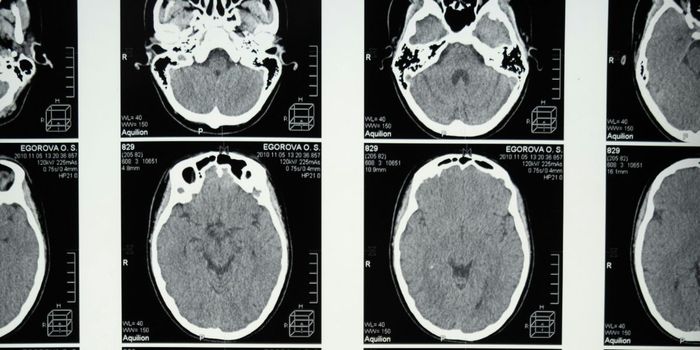The Claustrum - A Mysterious Part of the Brain is Now Linked to Pain
Researching the human brain, a unique organ among organisms, is extremely challenging, so it still holds many mysteries. One way scientists have learned more about the brain is by studying people who have suffered lesions in particular regions of the brain; this can show where certain functions are controlled. When those areas are damaged by lesions, that function is impaired. One area scientists are still learning about it the claustrum, a part of the brain which is located deep within the brain, and about which little is known.
Some studies have indicated that the claustrum is related to the sleep-wake cycle and perception. New research has suggested that the claustrum is not involved in sensory integration, as some have hypothesized. Instead, it seems to play a role in a variety of networks in the brain. It also influences functions such as sleep, attention, and may be helping to regulate activity and excitability. The findings have been reported in the journal Brain.
The claustrum is inaccessible and damage that is restricted to that area is rare, noted lead study author Dr. Adam Packer. Further complicating the matter, when damage does happen there, it is connected to a wide range of symptoms.
There are some people that have had brain lesions that have specifically affected the claustrum; that is an unsual occurrence that has primarily occurred because of autoimmune disease. Those individuals typically have seizures and cognitive impairments. The study authors noted that while another people have had a stroke leading to damage in the claustrum, there hasn't always been an identifiable cause for the damage. In those patients, there's been a wide range of symptoms including cognitive impairment, psychosis, seizures, lower perceptual sensitivity, disorientation, hallucinations, and motor impairment.
Other symptoms have included disturbances in the perception of pain, or dynamic changes such as cramping. The study authors noted that these sensations may be related to hyperexicitability, rather than a loss of neurons. Studies have also revealed claustrum activity during pain perception. The connection is still unclear, the authors cautioned, and more research will be needed to know whether the claustrum is definitely connected to pain.
Animals studies have indicated that the claustrum is closely connected to a group of brain regions known as the salience network, which includes the amygdala, hypothalamus, thalamus, specific brainstem nuclei, and some other areas. The claustrum may be involved in salience processing.
Packer noted that when there is damage in the claustrum, it's clear that the effects are severe. There aren't any good treatment options, so patients urgently need therapies. "It is possible that claustrum damage is more common than we currently realize, and it may be a crucial component in many more brain damage cases," Packer added.
This study was primarily a review of existing literature, but it can help scientists identify exactly which symptoms are reliably connected to claustrum damage, and could give researchers insight into how to treat that damage.
More work will be needed to confirm these findings and understand the normal function of the claustrum.
Sources: University of Oxford, Brain









